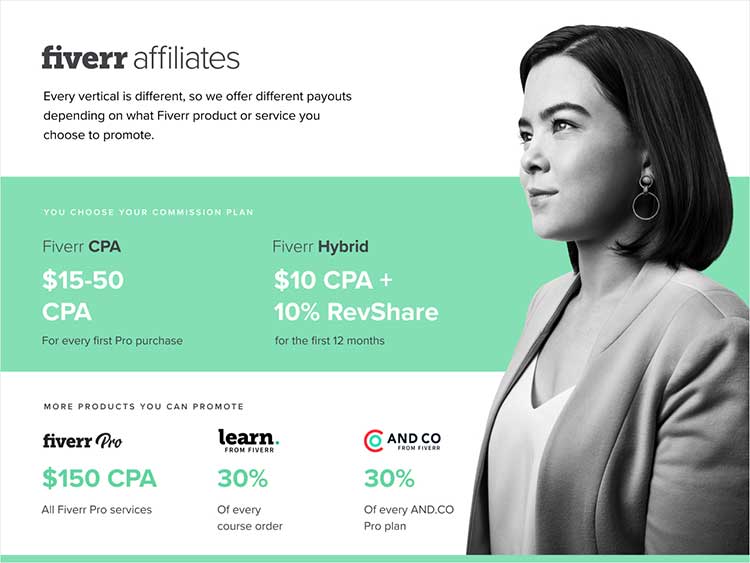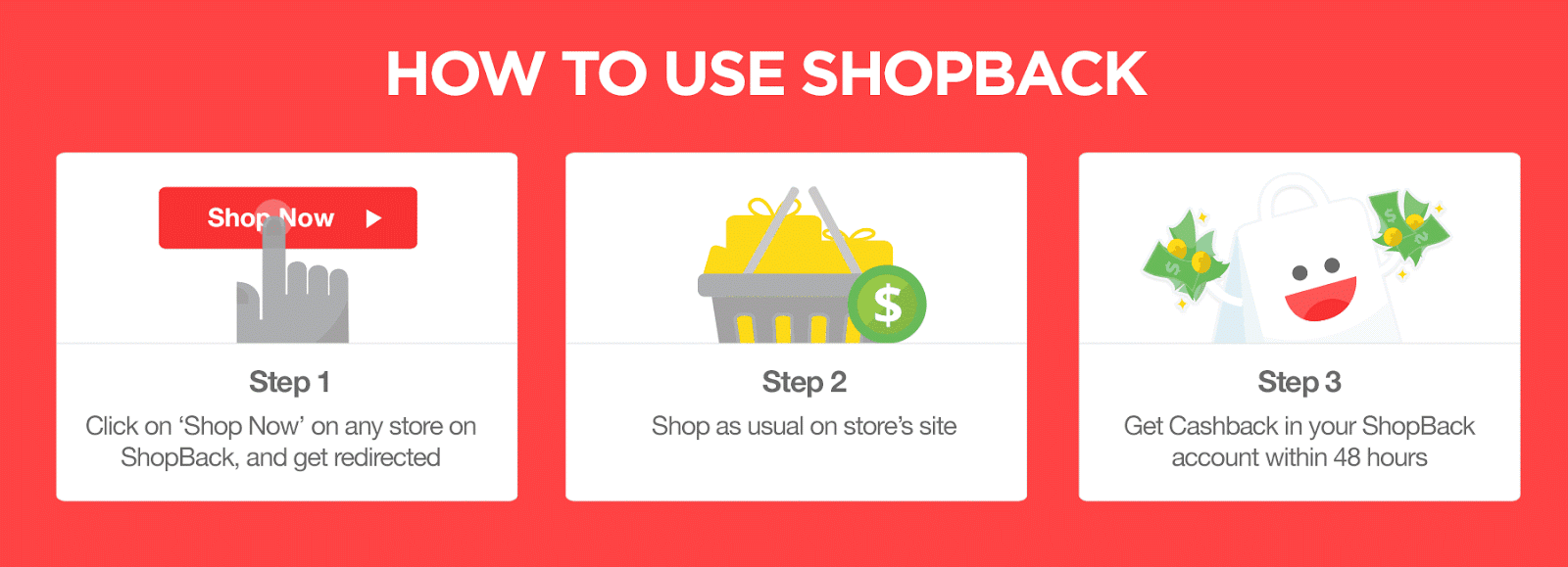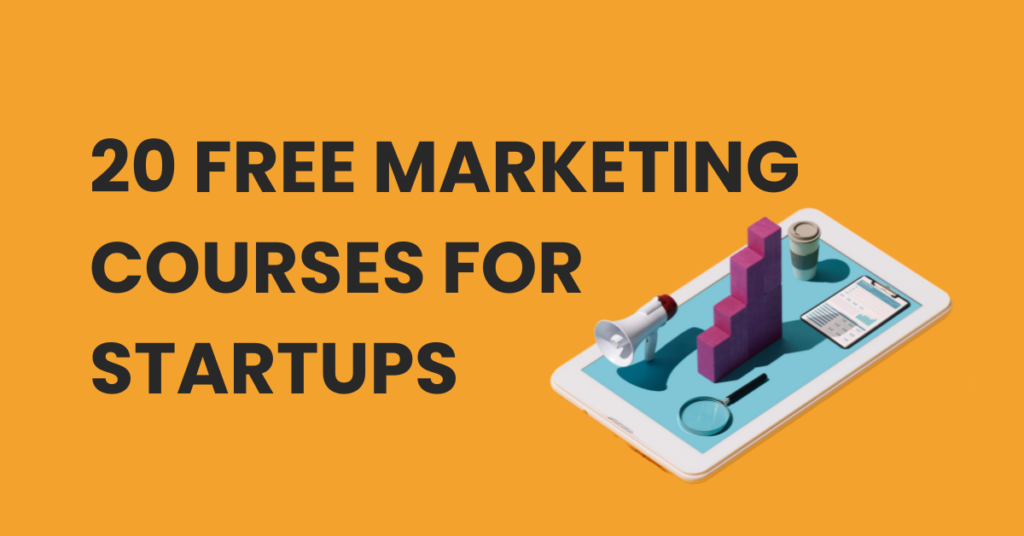Good marketing tells the world why they need your product and creates a need to acquire it. In a post-pandemic world, where most consumers buy online, it is crucial for your product to be visible in a highly saturated digital landscape.
With almost 1 million SMEs in Malaysia, accounting for 98.5% of all businesses it the country, it is absolutely shocking that only half have adopted any sort of digitalisation strategy, which includes digital marketing. The question then, is besides pumping money into Facebook and Google Ad spend, what else can businesses do to gain traction?
Here are 5 Digital Strategies that businesses can use to gain traction.
1. Engineering as Marketing
Engineering as marketing involves using engineering resources to develop complementary services with your business which adds value to customers while promoting your company. Basically, it means building a small auxiliary service or product that ties back into your product. It can be free to use but may require a small commitment from your users which may be their email address or a social media share.
Example 1: Servis Hero

ServisHero is an on-demand service that allows anyone to search and book for services like cleaners, part time maids, electricians, air conditioning experts, plumbers and so on. During the fasting month in 2016, ServisHero offered a free sahur alarm which provided value in ensuring its fasting customers did not miss their sahur in the early morning. Interested customers could sign up by providing contact details, which worked as a lead magnet tool for ServisHero.
The campaign gained them massive PR value, as they were seen as a caring, respectful company that catered to the needs of their customer demographic. They generated a lot of covered in Malay medium outlets, like amanz.my, Harian Metro, and Berita Kini.
Example 2: AirBnB
In its early days, Airbnb was purely an accommodation booking platform. To get traction quickly, they built a simple widget that pulled information from other platforms (like Eventbrite) which was a map that showed all upcoming events in their local area.
After all, people attending events would be in need for cheap, comfortable and clean accommodation. It also allowed event planners to book directly or embed it on their event registration websites.
These simple, but well-executed actions created more utility for their customers and added value to their services. Determining the best method to reach potential customers paid off for Airbnb, as confirming customer relationships accrued brand power, and added value to hosts too.
2. Affiliate Marketing
Affiliate marketing programs refer to a setup where your business gets potential sales referrals from a third-party. Essentially, it’s a referral system, but the difference between the two is that referral marketing implies a close relationship between parties, for example, friendship or family connection. In affiliate marketing, there is no existing relationship between the affiliate (a website or another business) and the referred person.
Benefits including widening your campaign’s reach while connecting you to your target market, saving on marketing spend while bringing you more sales and traffic.
Think of it like having a sales team that sells on your behalf, who does marketing on your behalf, and whom you only pay upon successful clicks to your site or conversion. Affiliate marketers do this as a full time job.
Simpler examples are hotel booking deals you can get for flying with a certain airline or fashion bloggers being paid when their audience shops via an affiliate link through their website. Affiliated content creators can try the product,which makes authentic user-generated content (UGC). Nearly 84% of millennials are influenced by UGC when it comes to their purchase decisions.
A good affliate program has:
- Exclusivity (people have to prove themselves capable of selling for you)
- Good commissions structure (it must be simple and financially enticing for the sellers while being within your margins)
- Clear tracking and analytics (an exclusive dashboard where they can track their success and payouts)
- Attractive products (that can be explained easily, and has clear value to the customer)
Example 3: Fiverr

Fiverr covers a host of services, has a beautiful and clean dashboard, makes it easy to sign up, and provides timely payments. It’s a no wonder they are one of the best affiliate programs in the world.
Example 4: Shopback

This Singaporean company is one of the most popular affiliate marketing sites, which basically provides users with cash back every time they shop using their links. Shopback covers most of the online retail marketplaces and brands and reported giving back USD 130 million to customers for the year 2020.
3. Referral Programs
As mentioned above, referral programs are one of the most effective ways of marketing for startups at any stage, especially when there are elements of exclusivity, rewards, gamification or competition.
In a world where everything is shared, making it easy for your customers to share your product through social media and WhatsApp integration is crucial.
Users tend to aggressively post referral links and testimonials on specialised Facebook groups, especially if there is a Cashback or reward in it for both parties. It also allows you to leverage customer testimonials and legitimises your brand, as customers often base purchase decisions on others’ feedback.
Great referrals often result in community building, where users come together to discuss features of your business and how to use it.
Example 5: Funding Societies
Like many startups, one of our portfolio investments, Funding Societies offers RM30 for people who referred their friends to invest or RM1000 for referring SMEs (businesses) to their organisation.
What makes it successful is that Funding Societies itself is a Fintech startup that is a Peer To Peer (P2P) money lending platform. Therefore, the more people make money from their core business, the more likely customers will recommend it to SMEs, thereby giving Funding Societies credibility as well as resulting in the referrer and referee being paid the same a lucrative amount.
4. Search Engine Optimisation (SEO)
Search Engine Optimization (SEO) may be expensive if outsourced, but a well-planned SEO strategy delivers customer behaviour data and brings you customers who are ready to buy.
Shifting consumer behaviors and trends during covid-19 has resulted in decrease searches in some sectors (e.g cars) and increase in others like crafting, fitness equipment and pets.
There is an opportunity for businesses to expand their niche and cater to adjacent markets by targeting highly searched keywords, in addition to building your core brand’s SEO strategy.
Hence, beyond just pushing out content with just keywords, you can use tools to enhance your strategy. There are free and trial versions of the web’s best SEO tools, like Yoast, Google Trends, Moz, and Key Surfer. You can utilize these to see which keywords can lead users quicker to your site.
5. Build an Influencer Community
As Influencer Marketing has become mainstream, businesses have paid hefty sums to ‘macro’ influences (> 100k followers and more) for the mere mention of their brand on Instagram. However, the truth is that Kim Kardashians of the world are no longer as effective in converting sales as the micro and nano influencers of the word have proven to be.
What has proven to be more successful is the cultivation of community and the power of ‘nano’ influencers (1k – 5k followers) that are localised, personalised and therefore more powerful.
Social media has evolved to become an important part of e-commerce, and businesses that respond quickly to ever changing consumer preferences are able to adapt and create valuable consumer relationships.
User Generated Content (UGC) in online communities are often from people passionate about the brand and are transparent about their satisfactions or dissatisfactions. Paying attention to them can allow you to allocate resources to areas your business is lacking in.
A mix of influencers and community engagement works wonders for creating ardent defenders of your brand.
Want more marketing content? Check out our digital accelerator course, Alpha Startups™ for FREE here.
Sources:
- Dillon, P. (2020, June 5). How To Market Your Business After The Pandemic. Forbes. https://www.forbes.com/sites/forbesagencycouncil/2020/06/05/how-to-market-your-business-after-the-pandemic/?sh=7803d9fa5435
- Kinnersley, H. (2018, April 19). Airbnb Launches Interactive Tool for Event Planners. MeetingsNet. https://www.meetingsnet.com/housing/airbnb-launches-interactive-tool-event-planners
- Leon, J. (2018, June 13). Engineering as Marketing with AI – Startups.com. Medium. https://medium.com/startupsco/engineering-as-marketing-with-ai-46fcee547cae
- McGovern, S. (2019b, February 13). 7 Best SEO Tools to Help You Rank Higher in Google. Entrepreneur. https://www.entrepreneur.com/article/327633
- Rastas, J. (2019, October 30). 7 Reasons Why Startups and SMBs Should Use Affiliate Marketing. Business 2 Community. https://www.business2community.com/affiliate-marketing/7-reasons-why-startups-and-smbs-should-use-affiliate-marketing-02253939
- Yunus, R. (2020, December 10) MDEC: 54% of SMEs on digital journey this year https://themalaysianreserve.com/2020/12/10/mdec-54-of-smes-on-digital-journey-this-year/




